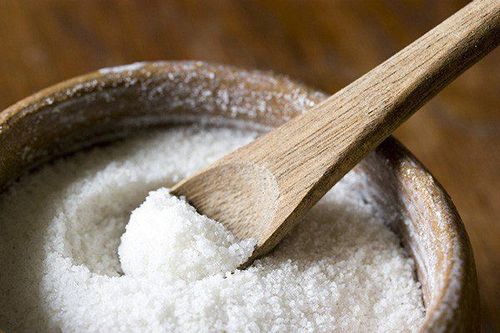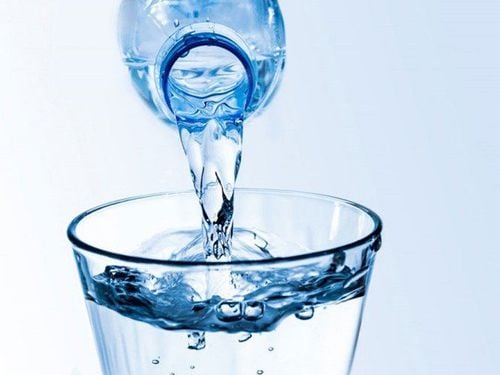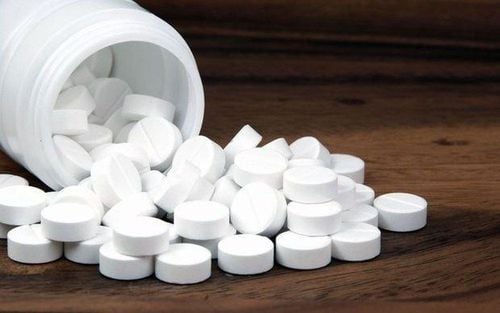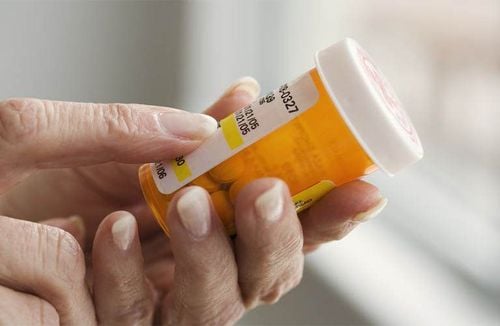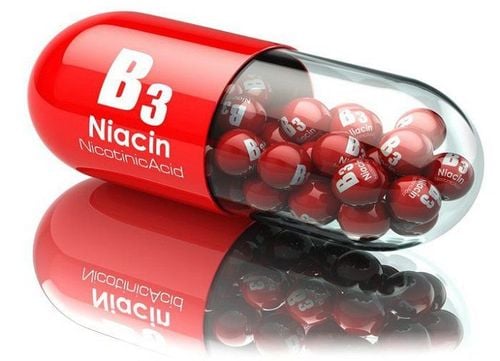This is an automatically translated article.
Potassium and sodium, two electrolytes that help your body maintain fluids and blood volume so it can function properly. However, consuming too little potassium and too much sodium can raise your blood pressure. The article will shed more light on the role of potassium and sodium in your diet.1. The role of potassium and sodium in the diet
Although the words salt and sodium are often used interchangeably, they do not mean the same thing. Salt (also known as sodium chloride) - a crystalline-like compound, common in nature. Sodium - a mineral and belongs to one of the chemical elements present in salt.Sodium as a food ingredient, it has many uses, such as for baking, thickening, moisturizing, flavor enhancement including the flavor of other ingredients, and as a preservative. Some common food additives, such as monosodium glutamate (MSG), sodium bicarbonate (baking salt), sodium nitrite and sodium benzoate... also contain sodium and contribute (in lesser amounts) to the total sodium listed. on the nutrition facts label.
Surprisingly, some foods that don't taste salty can still be high in sodium, which is why using taste alone is not an accurate way to gauge a food's sodium content. For example: While some foods that are high in sodium like pickles and soy sauce are salty, there are also many foods like cereals and cakes that will have ingredients in foods that contain sodium but are not salty. . Also, some foods that you can eat several times a day, such as bread, can add a lot of sodium throughout the day, although a single serving may not have much sodium.
Potassium - one of the most important minerals for your body. Potassium belongs to one of the seven macro minerals, which are also the ones we must get from our diets in large quantities to support a wide range of vital body functions.
While many foods contain potassium, most Americans today only get about half of their daily needs. Research shows that consuming enough of this mineral along with a balanced diet can lower your blood pressure and reduce your risk of cardiovascular problems like heart disease and stroke.
Potassium is available as a supplement, but should only be taken with a doctor's prescription because consuming too much potassium can impair your kidney function. Medications such as blood pressure medications, diuretics, and common pain relievers can raise the amount of potassium in your body to dangerously high levels.
Unless your doctor advises you to take a potassium supplement, it is safer and more effective to get this mineral from food sources. Foods high in potassium are also often high in other nutrients and low in sodium. This balance may contribute to the health-promoting effects of potassium.
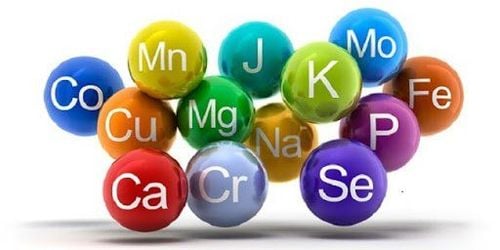
Kali và natri là hai chất điện giải quan trọng trong cơ thể con người
2. The relationship between potassium and sodium with health
2.1. Potassium, Sodium and High Blood Pressure Increasing your potassium intake can lower your blood pressure if you already have high blood pressure. Or consuming too much sodium can raise your blood pressure. On average, the more sodium you consume, the higher your blood pressure will be, especially if you already have high blood pressure. Or consuming too little potassium in your diet and too much sodium can raise your blood pressure.2.2. Potassium, Sodium, and Risk of Heart Disease, Stroke, and Other Diseases Increasing potassium intake can reduce the risk of heart disease and stroke by lowering blood pressure. Consuming too little potassium and too much sodium can act as risk factors for an increased risk of heart disease and stroke. Lowering blood pressure helps reduce the risk of heart disease and stroke. Food sources of potassium can come from apricots, sweet potatoes, spinach, potatoes, tomatoes, avocados, bananas, salmon, mushrooms, and beans.
Nervous system function: Potassium plays an important role in helping our cells communicate. It generates nerve signals that ensure good muscle control, heart contractions, as well as hormone regulation.
Kidney Health : Kidney stones occur due to the accumulation of matter, most commonly calcium. Although research is still ongoing, studies show that potassium improves the absorption of calcium in your kidneys, which may prevent stone formation.
Bone density: Scientists believe that potassium helps protect your bones by reducing acid levels in the body. While this effect is still being studied, adequate dietary potassium levels have been linked to improved bone density, which may reduce your risk of osteoporosis.
Sodium attracts water, and a high-sodium diet draws water into your bloodstream, which can increase your blood volume and subsequently your blood pressure. High blood pressure makes the heart work too hard, and high blood pressure can damage the arteries and organs (such as the heart, kidneys, brain, and eyes). Uncontrolled high blood pressure can increase your risk of heart attack, heart failure, stroke, kidney disease, and blindness. Also, blood pressure typically increases as you age, so limiting your sodium intake becomes even more important each year.
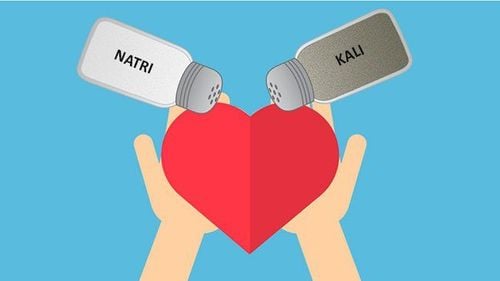
Kali và natri có mối liên hệ mật thiết tới huyết áp
3. 10 simple tips to reduce sodium consumption
Read Nutrition Facts labels: Compare and choose foods for less than 100% of the DV (under 2,300 mg) of sodium per day. Prepare your own food when you can: Limit packaged sauces, mixes, and “instant” products (including flavored rice, instant noodles, and ready-made pasta). Add flavor without adding sodium: Limit the amount of salt you add to foods when cooking, baking, or on the table. Try unsalted seasoning mixes and herbs and spices instead of salt to add more flavor to your dishes. Buy fresh foods: Choose fresh meat, poultry, and seafood, rather than processed varieties. Also, check the package on fresh meat and poultry to see if brine or brine has been added. Check out canned vegetables: Buy canned vegetables that are fresh, frozen (no sauce or seasoning), or low in sodium or with no added salt. Give sodium to "wash down": Rinse canned foods that contain sodium, such as beans, tuna, and vegetables before eating, which can remove some of the sodium. “Skip” your snacks: Choose nuts, seeds, and snack products that are low in sodium or with no added salt (such as chips and crackers) — or carrots instead or celery. Consider your seasoning: Sodium in seasonings can increase. Choose mild or low-sodium seasonings, add oil and vinegar to salads instead of bottled dressings, and use only small amounts of seasonings from flavoring packets instead of the whole package. Reduce your portion sizes: Less food means less sodium. Prepare smaller portions at home and consume less when eating out - choose smaller portions, share a meal with friends or take home a portion of your meal. Make lower-sodium options at restaurants: Ask for your meals to be prepared with no salt and ask for dressings and salad dressings to be served “as a side,” then use less of them. You can also ask if nutritional information is available and then choose lower sodium optionsPlease dial HOTLINE for more information or register for an appointment HERE. Download MyVinmec app to make appointments faster and to manage your bookings easily.
Reference source: cdc.gov



